March 17, 2024
Six weeks along China’s waterways

By Simon J. Lau
Last year, I spent six weeks backpacking across China. I explored waterways both far in China’s interior and near its coastline. My journey enabled me to witness firsthand the impact these waterways played in the cultural, economic, and urban development of local communities. It also allowed me to drift from place to place, learning about the lives, customs, and values of the diverse people that call these locations their home.
The Yangtze River, the longest river in Asia, originates in the far reaches of Western China. It travels east from the Tibetan Plateau, carving out deep gorges and cutting through open plains. At different points along my trip, the Yangtze River (and its related tributaries) captured my attention. I was amazed by its sheer vastness and boundless energy.

Tiger Leaping Gorge is a scenic canyon located along the Upper Yangtze River. The gorge is surrounded by majestic mountain ranges and situated inside a narrow valley. Its name derives from a local legend. A tiger, desperate to evade capture by a merciless hunting party, made a daring escape across the river. It leapt from bank to bank, using a giant boulder in the river as a stepping stone. The tale adds a mythical touch to this dramatic landscape.
Yunnan province, home to Tiger Leaping Gorge, borders Tibet, Vietnam, Laos, and Myanmar. Aside from the breathtaking topography, it’s well-known for its ethnic diversity. Nearly half of China’s ethnic minorities originate here (China officially recognizes 55 ethnic minorities; 25 originate from Yunnan). At one time, many of these minorities were isolated from one another. Fast flowing rivers, giant lakes, and vast mountain ranges created real and imaginary lines that separated people. However, modern transportation has significantly improved. Now, these groups are more closely connected than at any other moment in their shared history.
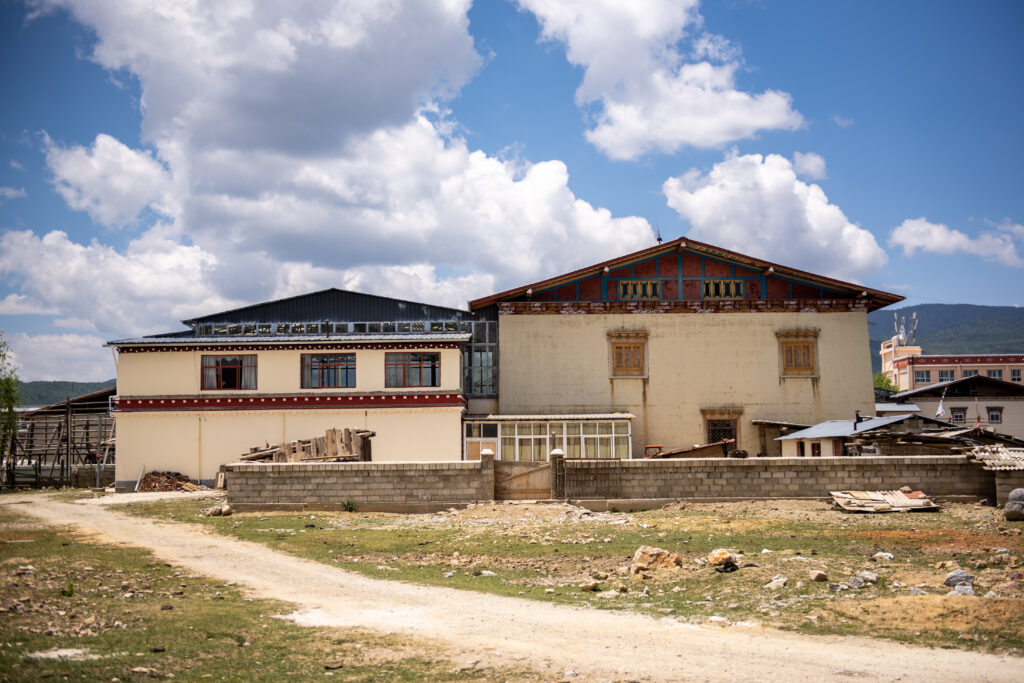
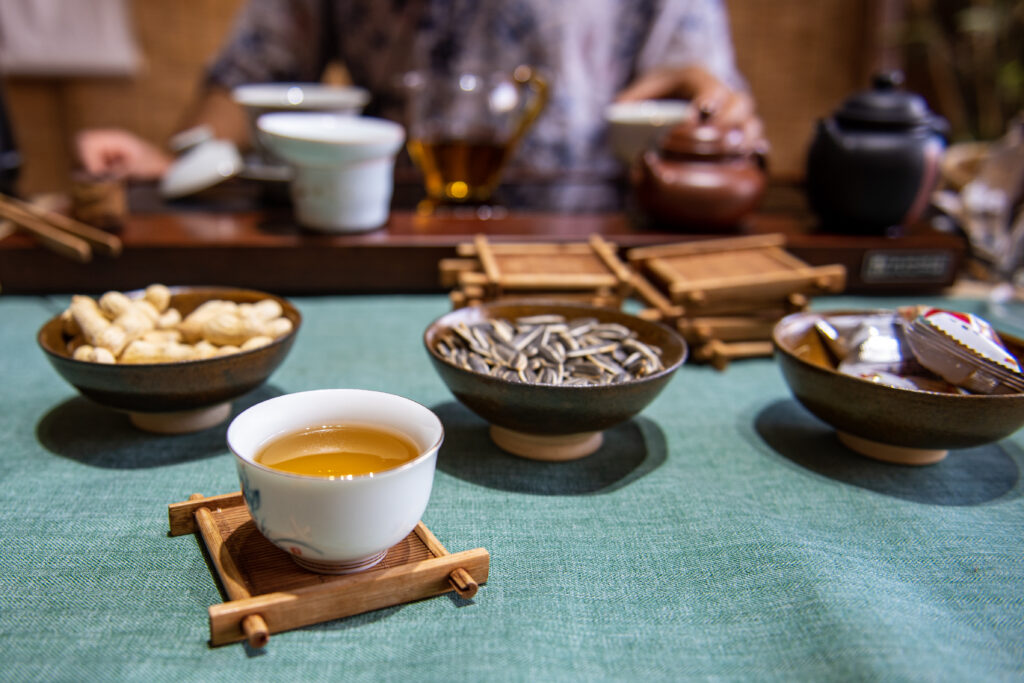
During my stay, I met many different people. One of my tour guides was Tibetan. He brought us to his home, a large compound in a rural area, where his wife and daughter prepared a traditional Tibetan meal for us. This lunch included homemade bread and soup, fresh jerky, and a heavy serving of moonshine. I also learned about my tea house host. A woman of mixed-race, her family had been involved in tea trade and tea houses for generations. I spent hours speaking with her about her business, her family, and the local traditions practiced by those from Yunnan. By learning from them, I grew to appreciate their unique customs and to distinguish some of the salient features across several ethnic groups.

Yunnan is also famous for its rich biodiversity. Its diverse climate, varied elevation, and natural forests create a variety of ecosystems that allow a wide range of plants to exist, including many types of mushrooms. In fact, some of these mushrooms can only be found in this region. Not surprisingly, local mushrooms are considered a delicacy.
Eager to share this exceptional cuisine with me, a friend and local Yunnanese treated me to mushroom hotpot. As the broth came to a simmer at the center of our table, the aroma of earthy mushrooms wafted through the air. The mushrooms, meticulously arranged on a platter, varied in size and texture. Once cooked, each exhibited its own distinct taste and savory flavor. The broth, in particular, was delectable, and the combination was exceptional. This dinner was certainly the best meal I had in China and one of the best meals I’ve ever enjoyed.
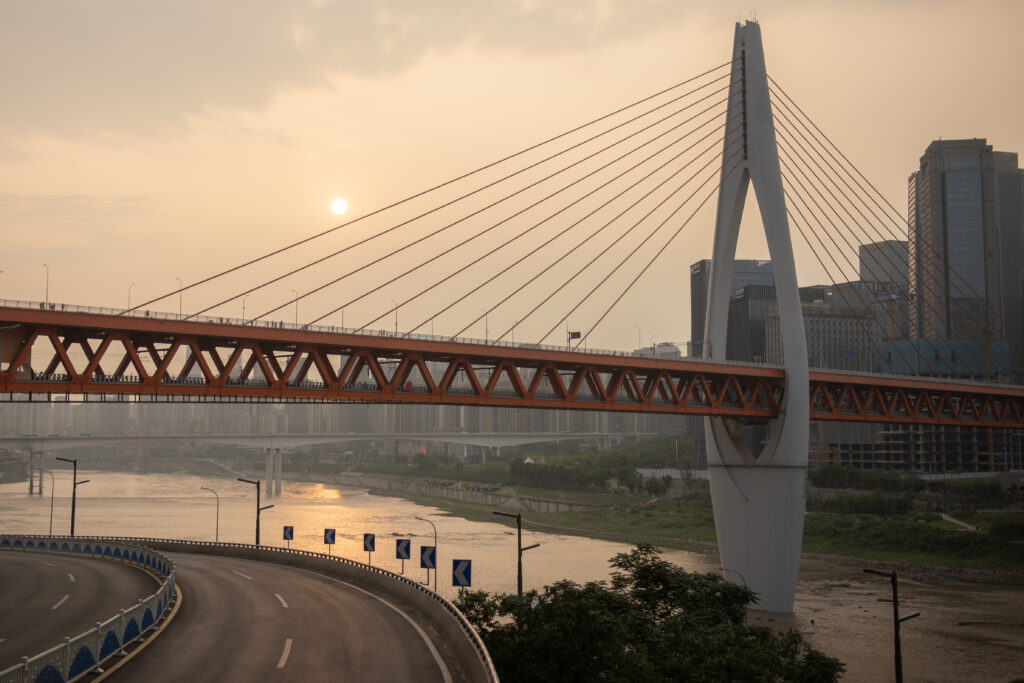
Further east, the Yangtze passes by Chongqing, the largest inland city in China. Located at the intersection of the Yangtze and Jialing rivers, it has long been a primary shipping hub in Southwest China. However, when I visited, China was experiencing a severe drought and record-breaking temperatures. This caused the water levels in many of its rivers, including the Yangtze and Jialing, to dip significantly. The water was so low off the banks that beaches formed along the shoreline. Although much has been accomplished over the years to control the flow of water, not enough action has been taken to tackle the root causes of extreme weather, notably climate change.


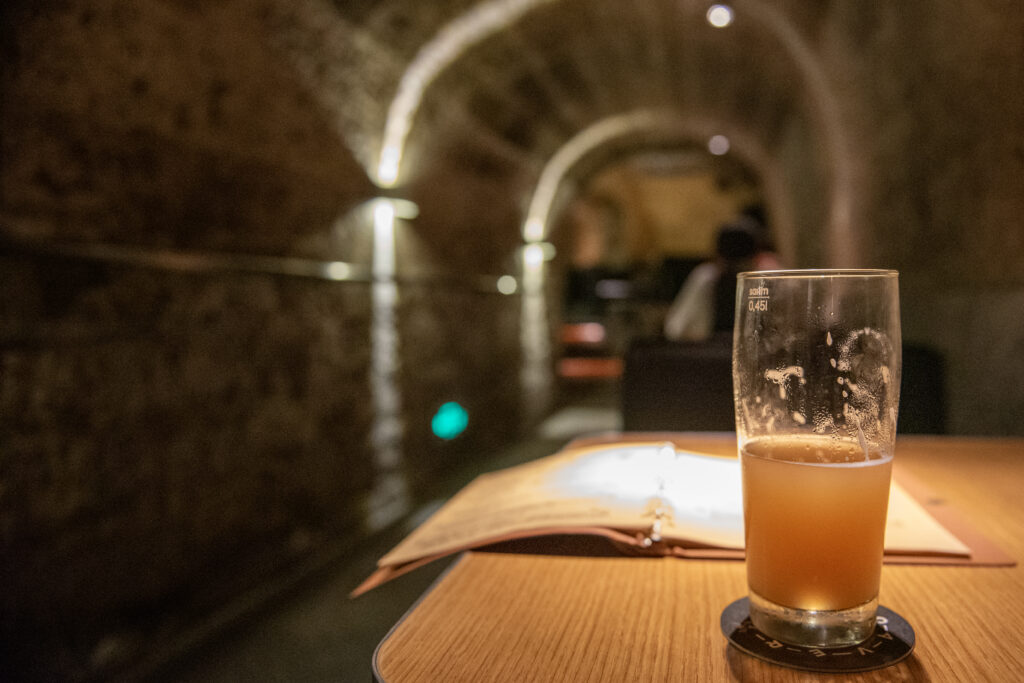
At its core, Chongqing is a mountain city. Given its rugged terrain, its inhabitants have devised clever ways to build on and into this rocky landscape. For example, Hongya Cave, an ancient military fortress, is built into the hillside. From its sheer cliff, caves were dug deep into the mountain. During World War II, many of these caves (and others throughout the city) doubled as air raid shelters, protecting local inhabitants from Japanese bombardment. Since then, many have been converted into retail spaces. My favorite was a beer and wine bar that provided me with much needed (cool) relief from the intense heat and humidity outside.

The Yangtze passes by another prominent waterway, China’s Grand Canal. This is the longest man-made waterway in the world. Its construction linked existing canals (and extended others), from the Yellow River in the north to the Yangtze River in the south. Suzhou, one of the last stops along the Grand Canal, is a renowned cultural, historic, and economic center in Eastern China. Referred to by some as the “Venice of the East,” it boasts an elaborate network of canals. The Grand Canal weaves through the heart of Suzhou and offers scenic views of traditional Chinese urban design.

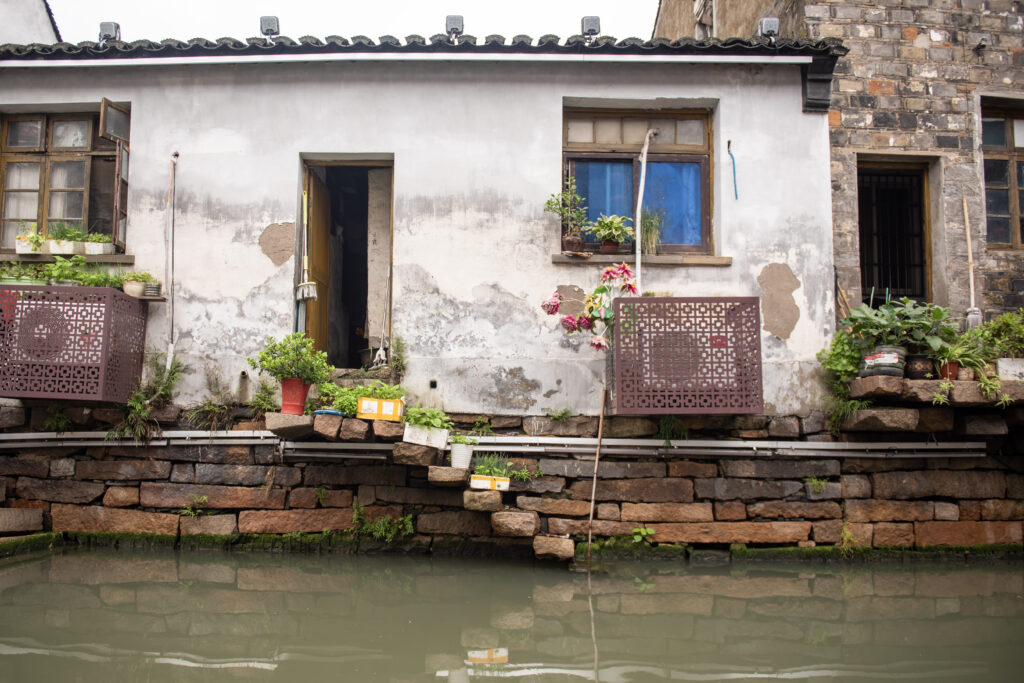
Many smaller canals weave in and out of historic neighborhoods. Shantang Street, one of the oldest streets in Suzhou, is one such example. This area is lined with ancient canals that crisscross throughout the neighborhood. Despite its growing popularity among tourists, it still maintains a local vibe. In fact, outside of the commercial corridors, many long-time locals and residents still choose to call the banks of these waters their home.
From the outer reaches of Yunnan to China’s eastern coastline, water has played an important role in shaping local communities. In many cases, it has been diverted, dammed, or rerouted through a combination of ancient and modern methods. In other cases, water has been left completely untamed, allowing nature to assert its unbridled influence. Despite these varying conditions, people continue to find notable ways to adapt and flourish. Indeed, it’s this profound relationship between nature and humanity that I found most fascinating, leaving an indelible mark on my journey.




Comments are closed.